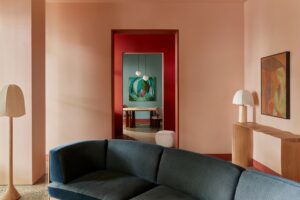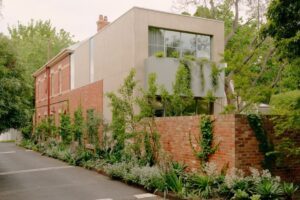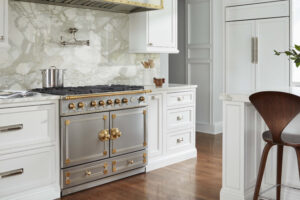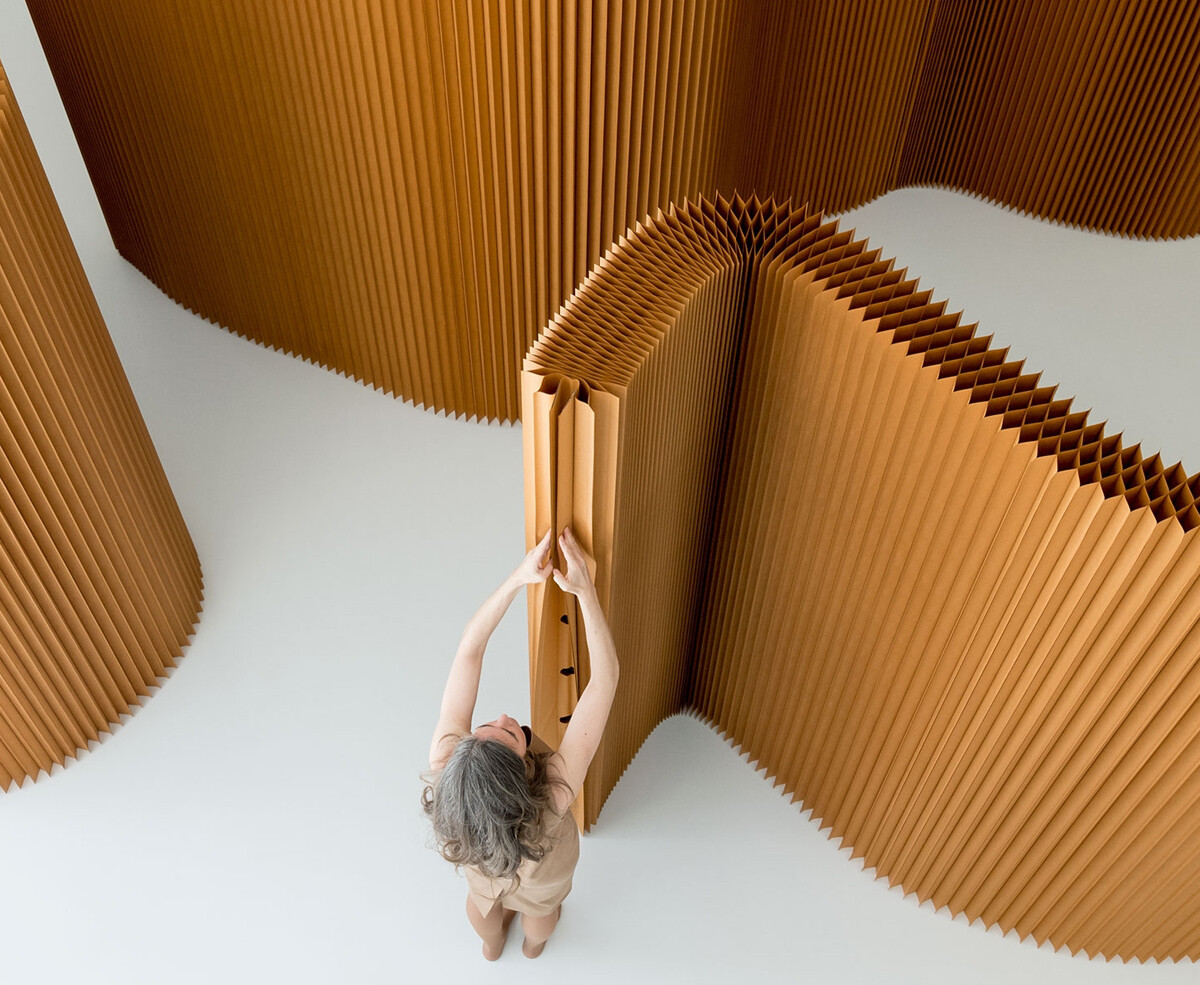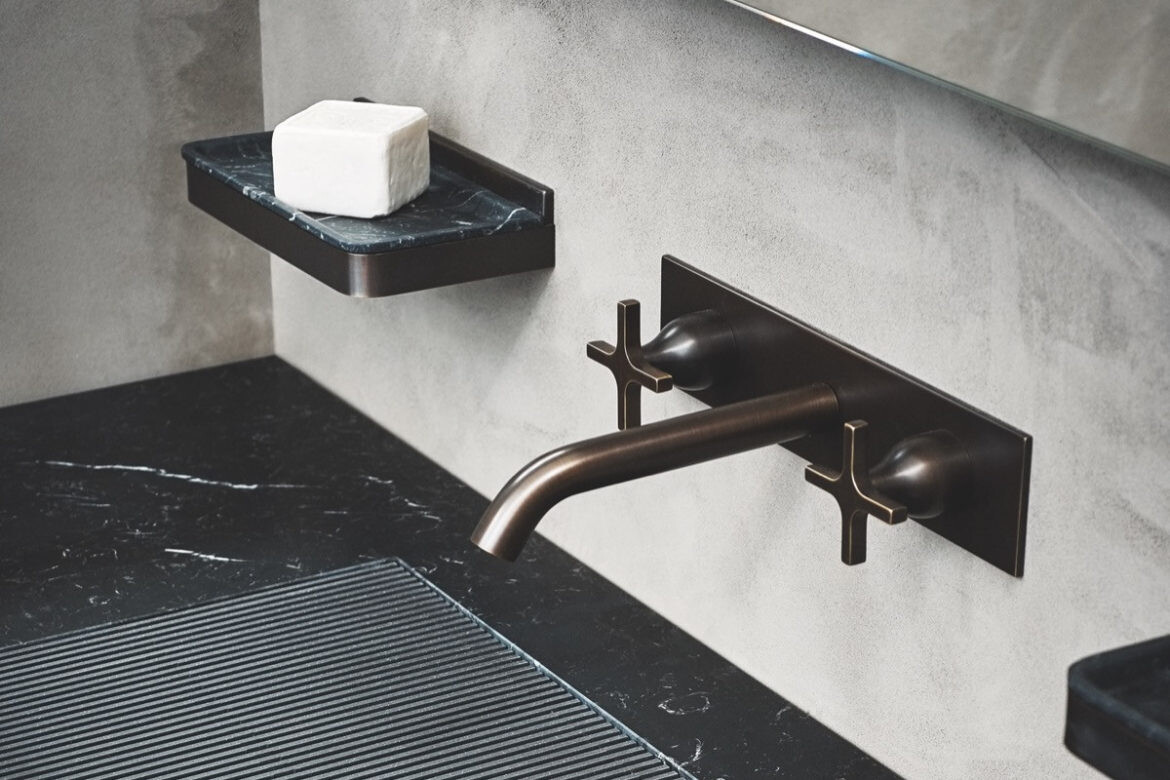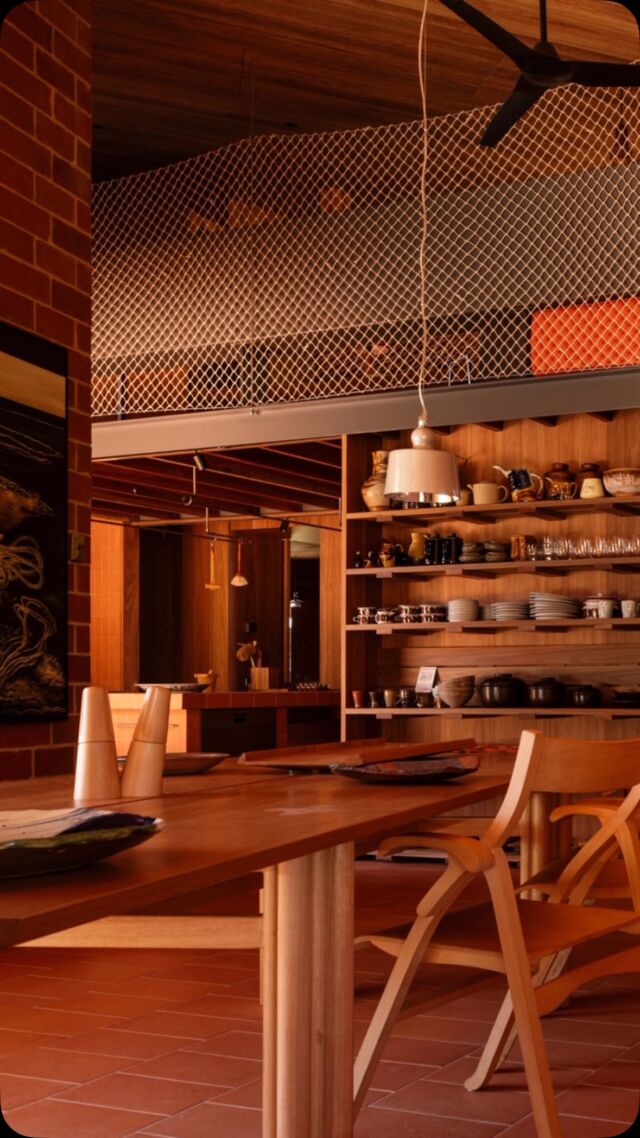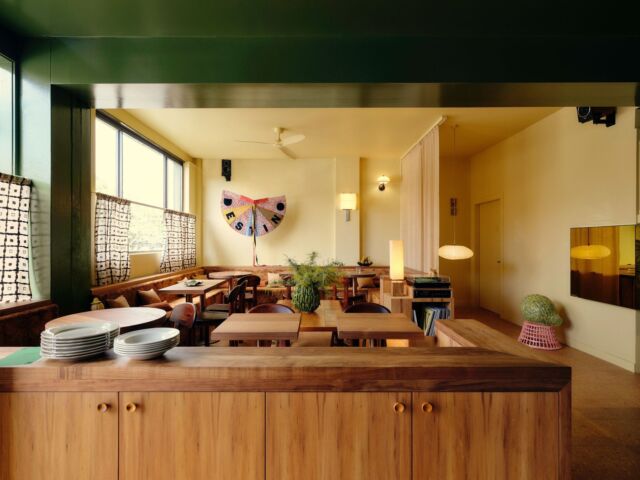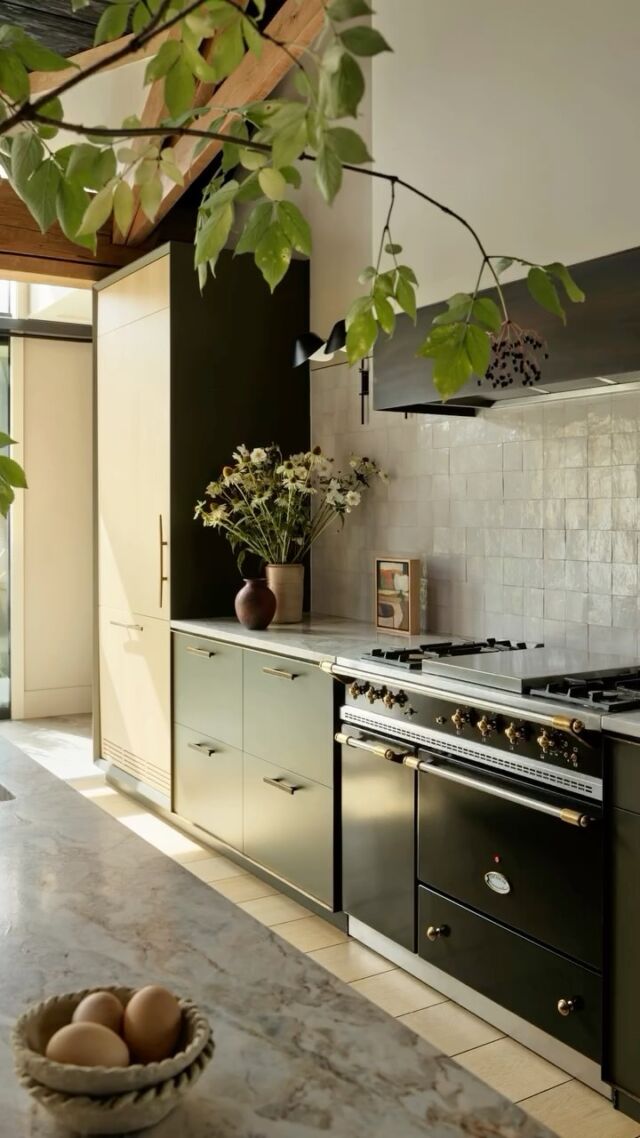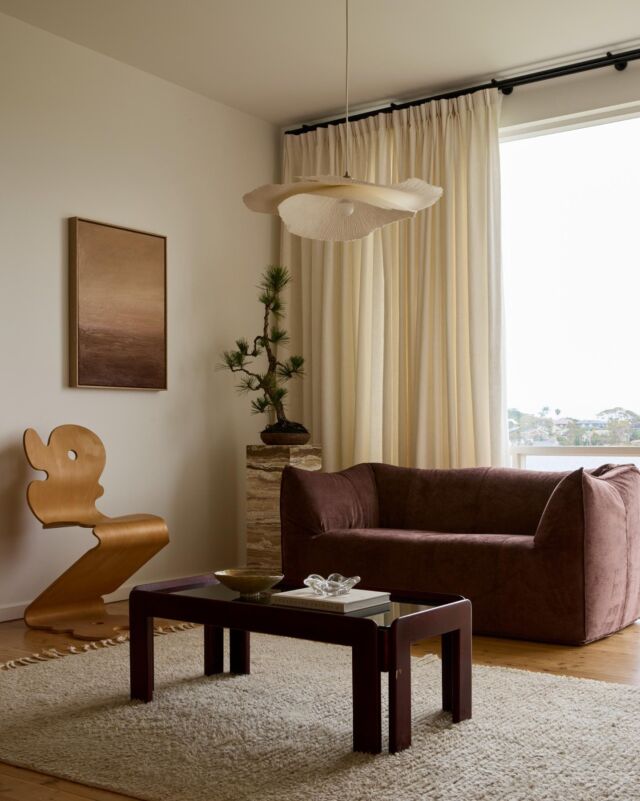Captivated, like so many, by the fluid form and honesty of the original Coco Pendant, we thought we’d talk to Kate Stokes about the design and the new Mini Coco, just released.
Your original Coco Pendants have received a great deal of attention. What’s it been like?
It’s been an amazing response. This is the first product that I’ve put into production under the Coco Flip brand so I’m really excited that the pendants have received such positive attention both in Australia and abroad.
Combined with setting up a new practice and moving into a new studio in Collingwood, it’s been a busy year and a steep learning curve. There are a lot of logistics to manage with any new product and there have been plenty of challenges along the way but I couldn’t be happier with the response.

The Mini Coco and the original
Are the pendants complicated to manufacture, what’s the process?
My manufacturers would say yes! Although the pendants look quite simple, a lot of thought has gone into the way they’re made.
Creating a continuous profile between the two materials was really important to the overall success of the product and my manufacturers have been fantastic to work with, refining their processes to achieve the best result. The pendants are all handcrafted in Victoria and a lot of time goes into each one.

The Original Coco Pendant detail

How does the new Mini Pendant differ? Where there challenges involved in making a small version?
A lot of customers had expressed interest in a small version for residential projects, so I wanted to keep the profile much the same but scale the whole pendant down.

There were some challenges in staying with this original form, because the pendant still has to house the same fittings so some minor changes needed to be made. We’ve used lighter gauge aluminium to suit this more petite Coco Pendant and it takes a smaller globe. Other than that, it’s more or less the same, but smaller and cuter.
Why do you think the Coco Pendant has captured people’s attention so much?
I think people have responded to the use of materials and the form. I’ve had a lot of comments that people like the contrast between the timber and aluminium and I guess it’s quite unusual to see timber in pendant lights.

People also seem to be quite familiar with the profile and everyone has a different object they think it’s similar too – a gum nut, a mosque, a bell. It was inspired by a spinning top, but I think it’s quite a classic form that resonates with many things.
Perhaps the fact that they are locally designed and produced makes a difference too. There’s a lot of support for local designers and production within Australia and I think that’s something that more people are looking for.

What’s next for you?
I’m leaving for New York tomorrow to spend six weeks doing an internship with ‘Rich, Brilliant, Willing’, so I should be packing right now! I’ll also be attending the ICFF and doing some research for my new collection.
I’m currently developing a new family of furniture pieces and objects that explore interdependency and connection. I’m really interested in the way components interact with each other and depend on one another visually. Hopefully this collection will be released by the end of the year.
How much does the new mini version retail for?
The mini Coco Pendants are $1350 each and they’re available from Corporate Culture (Sydney, Melbourne, Brisbane, Auckland), Workshopped (Sydney), Tongue & Groove Interiors (Melbourne), Designcraft (Canberra) and Design Farm (Perth). The standard colours are black and white but they can be custom powdercoated for an extra $100 on request.
Coco Flip
cocoflip.com.au
Photography by Chris Polack and Haydn Cattach





